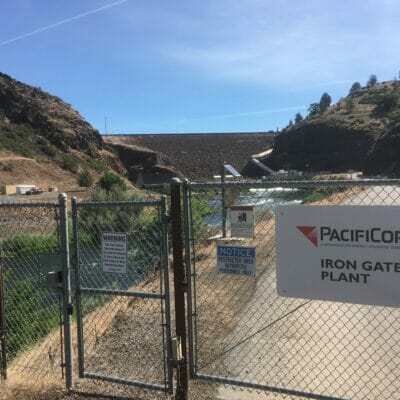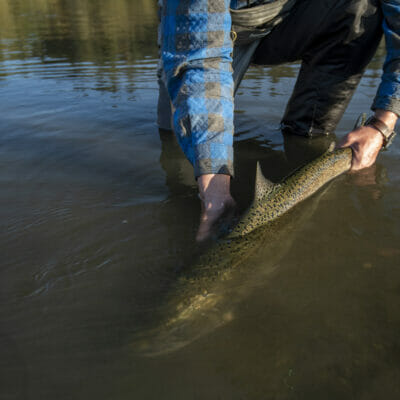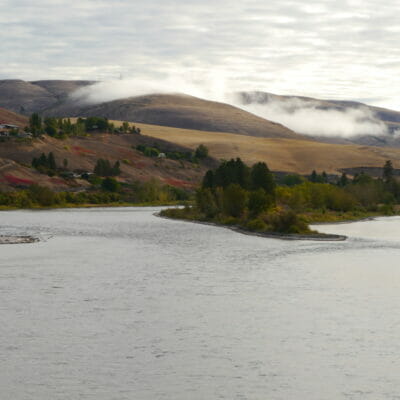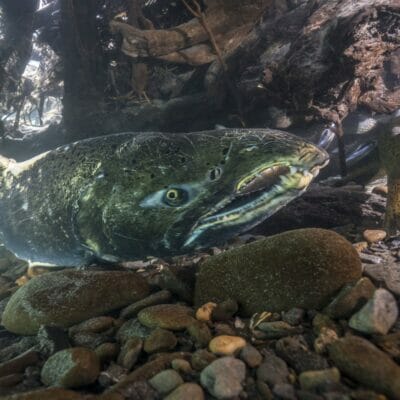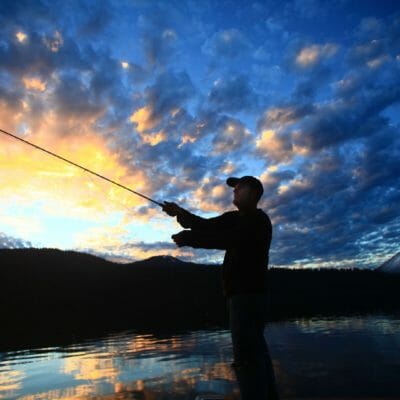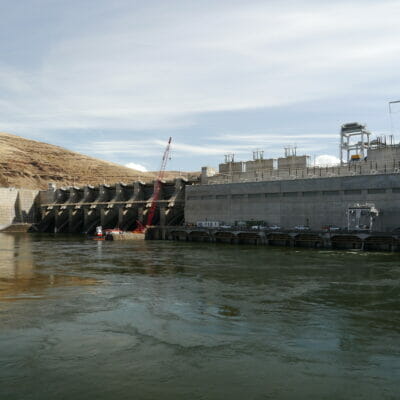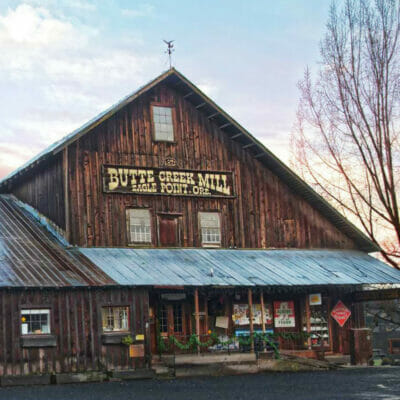The Klamath River is one of the country’s most beleaguered watersheds. But on July 27 the Oregon Public Utilities Commission provided some good news, when the agency approved an order granting transfer of four old fish-blocking dams to the Klamath River Renewal Corporation so they can be taken out.
Pacific salmon and steelhead connect the Pacific Ocean to the Sawtooth mountains and persist at 1-2 percent of their historic numbers. Their decline precisely parallels the construction of the four lower Snake River dams
The equation is simple. It’s hot. It’s going to get hotter, which is why it is so urgent to increase access for salmon and steelhead to the thousands of square miles of the most climate-resilient, high-elevation habitat in the Snake River basin by removing the lower four Snake River dams
The current gauntlet that Snake salmon and steelhead run between their headwaters and the ocean—eight Snake and Columbia river dams and the slack-water, predator-filled reservoirs they create—are indiscriminate killers of both wild and hatchery fish
This Transfer Order is a critical step forward in the long slog to remove four old fish-blocking dams and re-open more than 400 miles of historic habitat for the Klamath’s struggling salmon and steelhead runs.
If you’re wondering why salmon and steelhead populations in the Snake River are in trouble, the answer is obvious to me and many, many other scientists working on this issue. It’s the four dams on the lower Snake and the reservoirs behind them: They kill too many fish
An historic mill, and its former owner, are playing a key role in a collaborative effort to save native fish in an important Rogue River tributary. This campaign reached a milestone recently with a formal agreement to sell the mill’s historic water right to Trout Unlimited, with two years to raise the funding.
